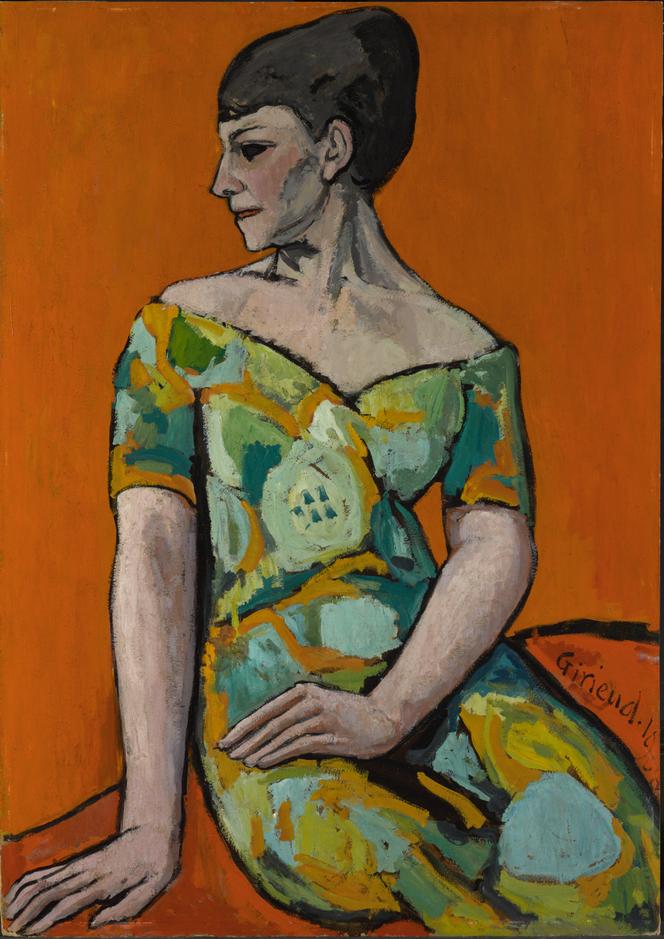


History has generally remembered little about Berthe Weill (1865-1951). As a gallerist, she was the first to offer works by Matisse and Picasso starting in 1900. She gained no financial benefit from this, able only to sell them at modest prices, and her painters had the frustrating habit of leaving her for wealthier dealers as soon as they could. She carried out her profession in Paris throughout her life, despite many hardships. In 1933, she published her memoirs, Pan !… dans l'œil !… Ou trente ans dans les coulisses de la peinture contemporaine (Pow! Right in the Eye!: 30 Years behind the Scenes of Modern French Painting), a collection of anecdotes − a rather meager legacy for a woman who was present at the dawn of Fauvism and Cubism.
It was therefore necessary to dedicate research to Weill, a quest that gave rise to the exhibition that is now on display at the Musée de l'Orangerie in Paris, following stints at the Grey Art Museum in New York and the Musée des beaux-arts in Montréal. The exhibition owes much to the work of one of its curators, art historian Marianne Le Morvan, who founded the Berthe-Weill Archives and wrote the first biography of this elusive woman. Thanks to Le Morvan's work, it is now possible to know the details of Weill's activities, the chronology of her exhibitions and the breadth of her interests. One can also see how she was the victim of two forms of hatred: misogyny and antisemitism.
You have 77.6% of this article left to read. The rest is for subscribers only.
